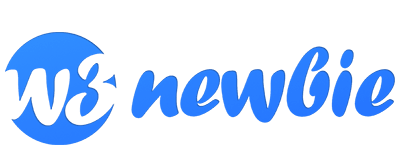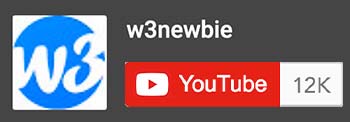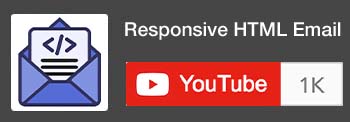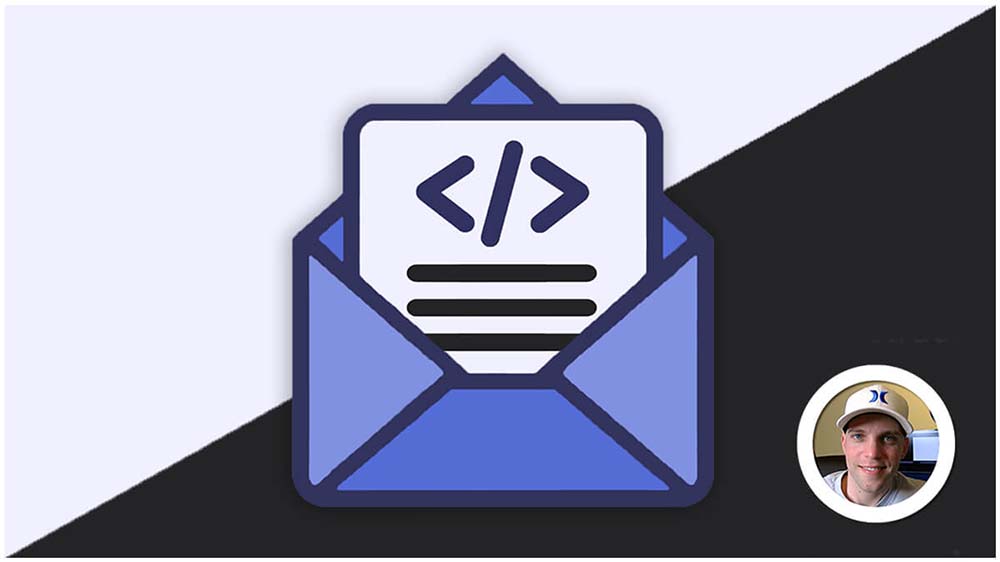HTML Tutorial
HTML, or HyperText Markup Language, is the foundation of all web pages. It’s the essential language that defines the structure and content of every website you visit. Think of it as the blueprint or skeleton that gives shape to the web.
How HTML Works:
- Browser Renders: When you visit a website, your web browser reads the HTML code and renders it visually on your screen.
- Structure and Content: HTML provides the structure (headings, paragraphs, lists, etc.) and content (text, images, links) of the web page.
- Other Languages: It often works in conjunction with CSS (for styling) and JavaScript (for interactivity) to create complete web experiences.
The Benefits of Learning HTML:
- Understanding the Web: It demystifies the internet, letting you see how web pages are built and function.
- Creative Outlet: You can create your own websites, blogs, or online portfolios to showcase your creativity and skills.
- Problem-solving: Learning HTML fosters logical thinking and problem-solving skills as you navigate code and troubleshoot beginner programming issues.
- Web Development: The foundation of web development starts with HTML so start your journey with HTML before learning CSS and JavaScript.
Common HTML Elements:
Remember, HTML is the foundation for building any website. Whether you’re aiming to become a web developer or simply want to understand how websites work, learning HTML is an essential step in your journey.





